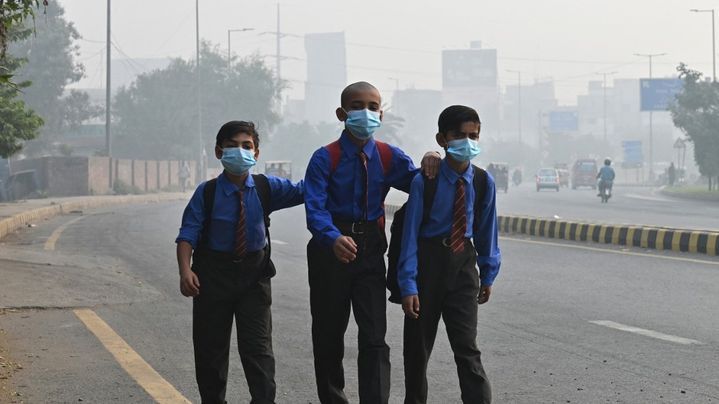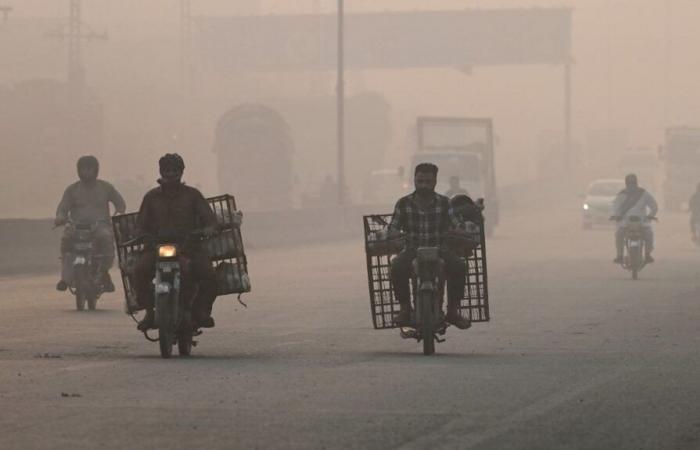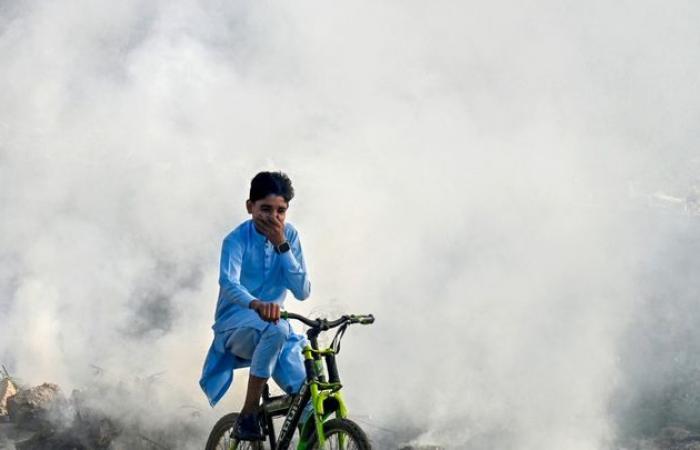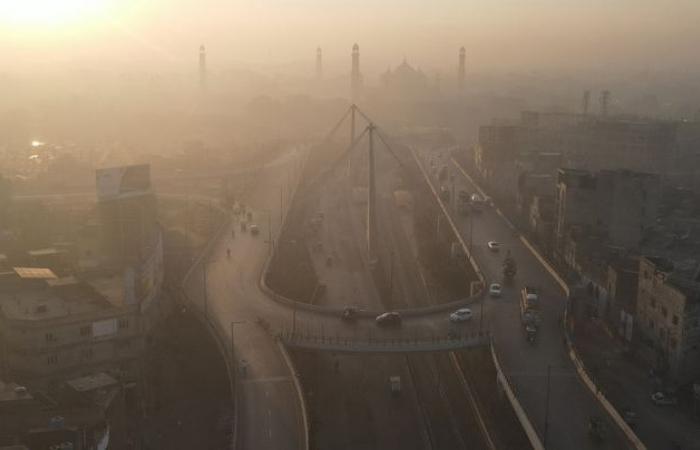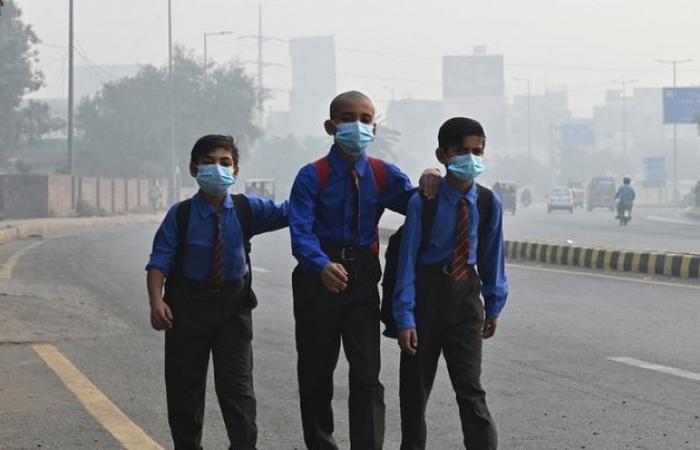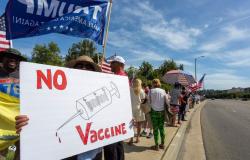[RECTIFICATIF. Nous rapportions dans une première version de cet article que la pollution à Lahore avait atteint un niveau 80 fois supérieur au seuil acceptable pour l’ONU, reprenant une information de l’AFP. Le niveau était en réalité 40 fois supérieur. Nous présentons nos excuses à nos lecteurs.]
Air pollution in Lahore, Pakistan's second city, reached a historic record on Saturday, November 2, more than 40 times higher than that deemed acceptable by the World Health Organization (WHO). The air quality index (AQI) rose to 1,067, before falling back to around 300 in the morning. However, air is considered to be “bad” from 180 and “dangerous” beyond 300, on this WHO scale.
“We never reached a level of 1,000” in Lahore, regretted Jahangir Anwar, senior environmental protection official in the local government. This week, the air quality index “remained below 200” in the city of 14 million inhabitants. Already, the concentration of PM2.5 polluting particles was already almost 20 times higher than the level deemed acceptable by the WHO, according to this official.
For days, Lahore has, like every year, been caught in smog, a mixture of fog and polluting emissions caused by low-end diesel fumes, seasonal agricultural burning and winter cooling.
“The air quality index will remain high for the next three to four days,” added Jahangir Anwar. On Wednesday, the provincial environmental protection agency announced new restrictions in four “hot spots” of the city, after having already canceled all outdoor sporting activities in schools for three months.
According to the WHO, prolonged exposure to smog can cause strokes, heart disease, lung cancer and respiratory diseases. The Punjab government has appealed to the people, especially “those suffering from respiratory, pulmonary and heart diseases” and the elderly, “not to leave their homes”. If they venture outside, they must “must wear masks”.



